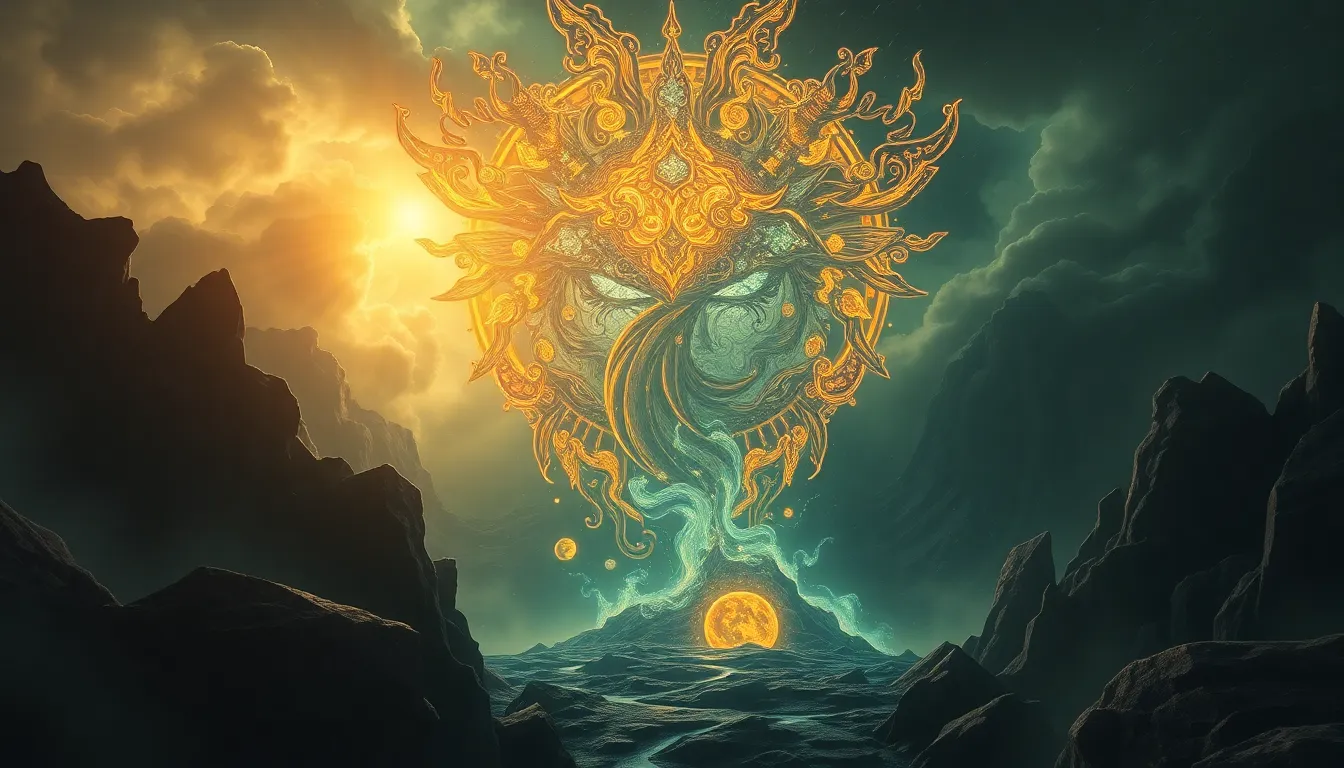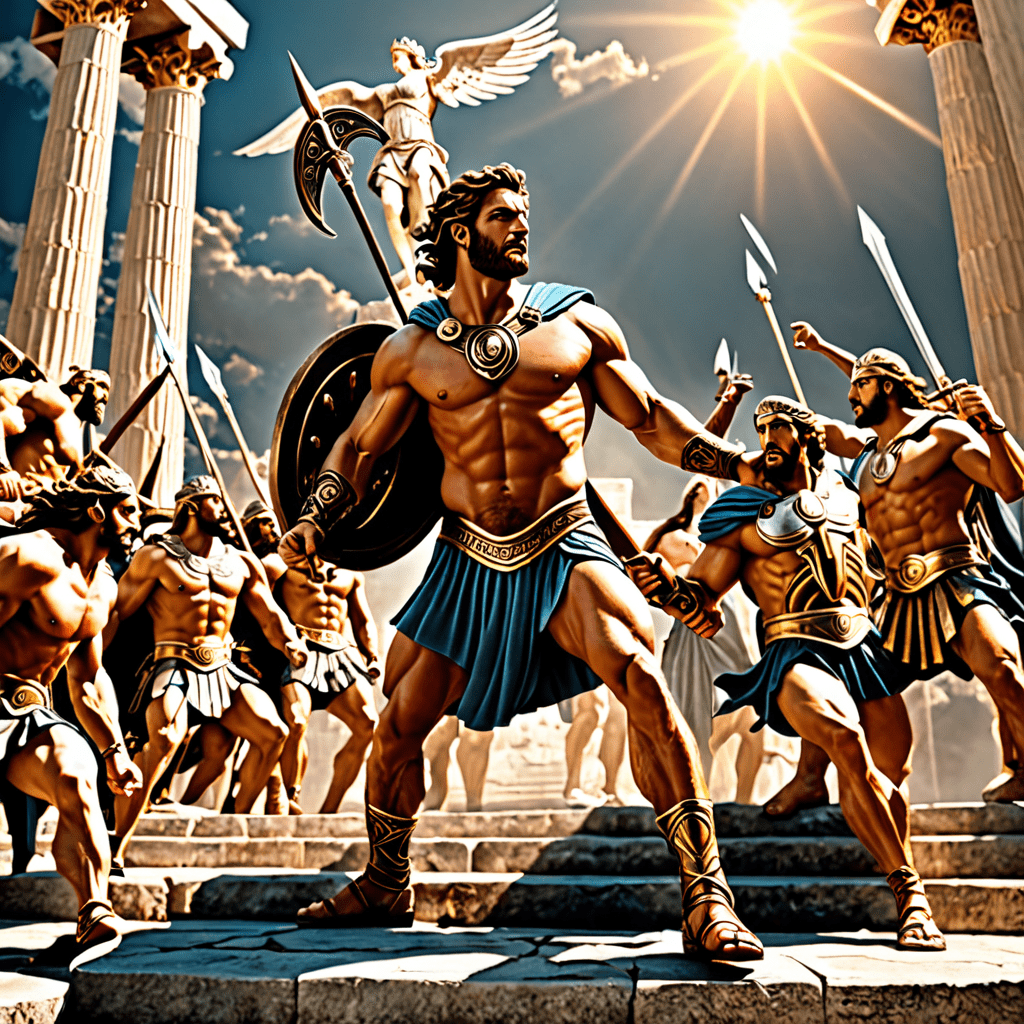The Most Outrageous End of the World Predictions in History
I. Introduction
Apocalyptic predictions have fascinated humanity for centuries, often reflecting deep-seated fears and societal anxieties. These predictions can range from religious prophecies to scientific forecasts about catastrophic events. The cultural significance of these end-of-the-world theories lies in their ability to unify, frighten, or even mobilize communities around a common narrative of impending doom. This article will explore some of the most outrageous predictions throughout history, analyzing their origins, implications, and the reactions they provoked.
II. Ancient Prophecies: Predictions from the Dawn of Civilization
From the earliest days of civilization, humans have sought to understand their existence and the fate of the world. Several ancient prophecies have stood the test of time, often becoming the basis for modern apocalyptic fears.
A. The Mayan Calendar and the 2012 phenomenon
The Mayan civilization created a complex calendar system, which some interpreted as predicting the end of the world in December 2012. This belief gained traction in popular culture, leading to widespread anxiety and speculation about global disasters. However, Mayan scholars clarified that the calendar merely marked the end of one cycle and the beginning of another, not an apocalyptic event.
B. Nostradamus and his cryptic verses
Nostradamus, a 16th-century French astrologer, is famous for his quatrains, which many believe predict future events. His writings have been interpreted as foretelling wars, natural disasters, and even the rise of dictators. The ambiguity of his language has allowed for endless speculation, making him a perennial figure in discussions of prophecy.
C. The Book of Revelation and early Christian eschatology
The Book of Revelation, attributed to John of Patmos, contains vivid imagery and symbolism concerning the end times. Early Christians interpreted these texts as prophecies of the imminent return of Christ. This belief shaped religious practices and societal norms, as believers prepared for what they thought was an impending apocalypse.
III. The Year 1000: Medieval Fears and Societal Reactions
The turn of the millennium in the year 1000 was marked by widespread fear among Christians, who believed it signaled the Second Coming of Christ. This belief was fueled by the idea that the world was entering its final chapter.
A. Historical context of the year 1000
During this period, Europe was rife with political instability, famine, and disease. Many saw these signs as evidence of divine judgment.
B. The belief in the imminent return of Christ
This belief led to heightened religious fervor, with many individuals engaging in acts of penance and devotion in anticipation of Christ’s return.
C. Social and political ramifications of the prediction
The fear of the apocalypse influenced societal structures, leading to a temporary rise in communalism as people sought solace in shared beliefs.
IV. The Great Disappointment: The Millerite Movement
The Millerite movement of the 19th century is a prime example of how prophetic predictions can dramatically influence society.
A. Background on William Miller and the prediction for 1844
William Miller, a Baptist preacher, predicted that Christ would return in 1844. His followers, known as Millerites, fervently awaited this event.
B. The fallout of the failed prophecy
When the prophecy failed to materialize, it led to what is known as the “Great Disappointment.” Many followers were devastated, leading to disillusionment and a reevaluation of their beliefs.
C. Rise of new religious movements from the disappointment
Despite the disappointment, new religious movements emerged, most notably the Seventh-day Adventist Church, which adapted Miller’s teachings into a more nuanced belief system.
V. 1980s and 1990s: The Rise of Y2K and Millennial Anxiety
The turn of the millennium brought new fears, particularly surrounding the Y2K bug, which many believed would cause widespread technological collapse.
A. The Y2K scare and technological fears
As the year 2000 approached, concerns grew that computer systems would fail due to date format issues, potentially leading to chaos in essential services.
B. Predictions surrounding the turn of the millennium
Predictions ranged from minor inconveniences to catastrophic failures in finance, transportation, and public safety, igniting a mix of preparation and panic.
C. Analysis of the societal impact of these fears
The Y2K scare led to significant expenditures on system upgrades and preparedness, as individuals and businesses sought to avert disaster. However, when the date arrived, the anticipated chaos largely failed to materialize, leading to widespread relief but also skepticism about future predictions.
VI. Harold Camping and the Rapture Predictions
Harold Camping, a Christian radio broadcaster, made headlines in the 21st century with his bold predictions regarding the Rapture.
A. Overview of Harold Camping’s predictions for 2011
Camping predicted that the Rapture would occur on May 21, 2011, followed by the end of the world on October 21, 2011. His claims garnered significant media attention and sparked a wave of interest and fear.
B. The public response and media coverage
Many people prepared for the predicted event, while others mocked it. The extensive media coverage contributed to a global conversation about faith, prophecy, and skepticism.
C. Aftermath and Camping’s subsequent predictions
When the predicted dates passed without incident, Camping faced criticism and ridicule, later admitting he had miscalculated. His followers were left to grapple with their disillusionment.
VII. The Role of Science Fiction in Shaping End-of-the-World Narratives
Science fiction has played a crucial role in shaping modern apocalyptic narratives, often reflecting societal fears about technology and the future.
A. Influence of literature and film on apocalyptic thinking
Numerous works of fiction depict catastrophic events, influencing public perception and fears about possible futures.
B. Notable works that predicted global catastrophe
- 1984 by George Orwell – A dystopian future dominated by totalitarianism.
- The Road by Cormac McCarthy – A post-apocalyptic struggle for survival.
- The Day After Tomorrow – A cinematic portrayal of climate change’s catastrophic effects.
C. The line between fiction and public belief
While these stories are fictional, they often resonate with real-world anxieties, blurring the line between entertainment and belief.
VIII. Contemporary Predictions: Climate Change and Technological Catastrophe
In recent years, predictions about the end of the world have increasingly focused on climate change and technological advancements.
A. How modern science presents apocalyptic scenarios
Scientists warn of catastrophic consequences if climate change is not addressed, including extreme weather events, rising sea levels, and biodiversity loss.
B. Public perception of climate change as an existential threat
Many now view climate change as one of the greatest threats to humanity, leading to movements advocating for urgent action.
C. The debate over artificial intelligence and its implications
The rise of artificial intelligence has sparked debates about its potential to surpass human intelligence, leading to fears of unintended consequences and existential risks.
IX. Psychological Factors Behind Apocalyptic Beliefs
The allure of apocalyptic predictions can be attributed to various psychological factors.
A. Cognitive biases and the appeal of doomsday predictions
People are often drawn



